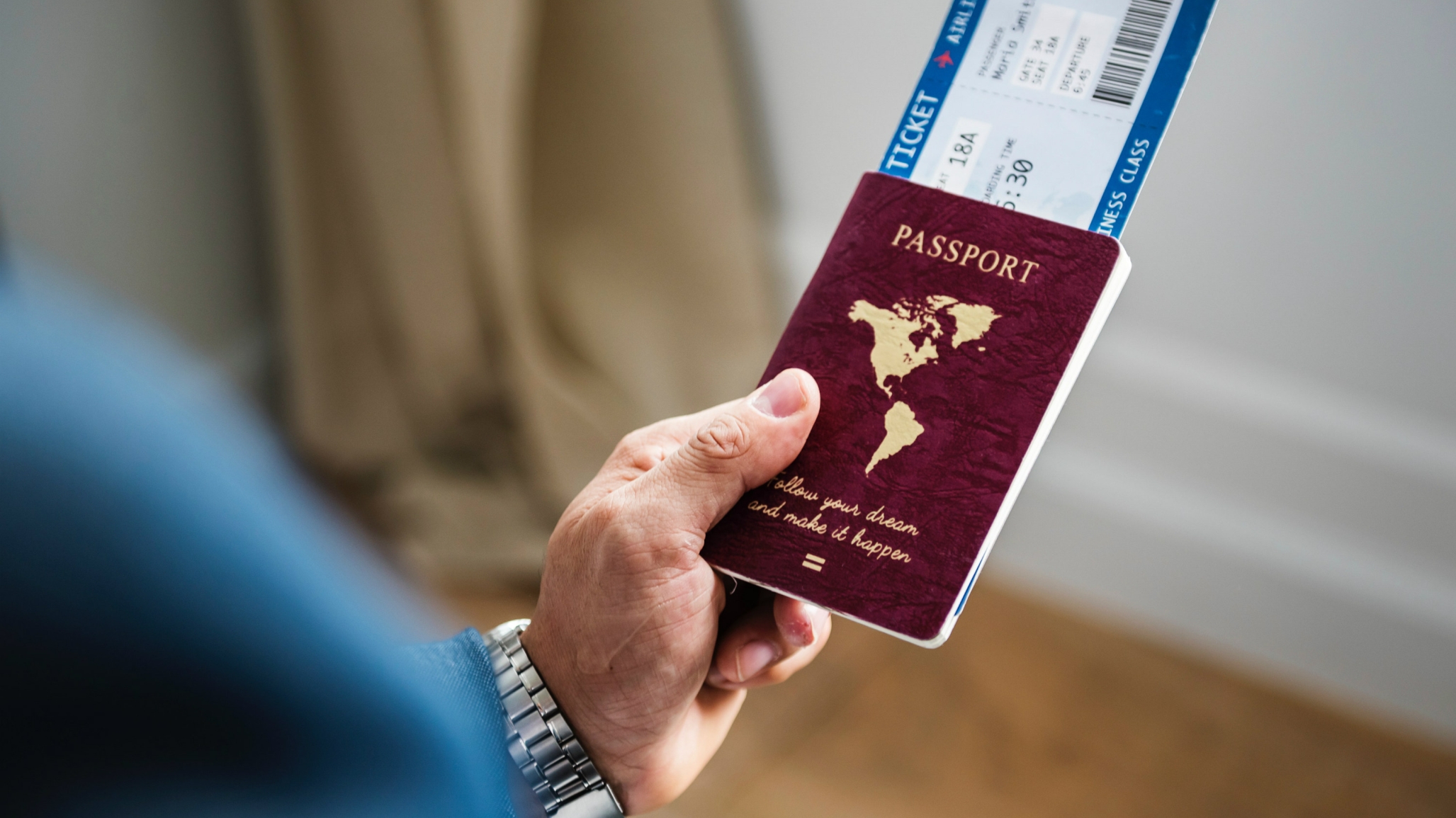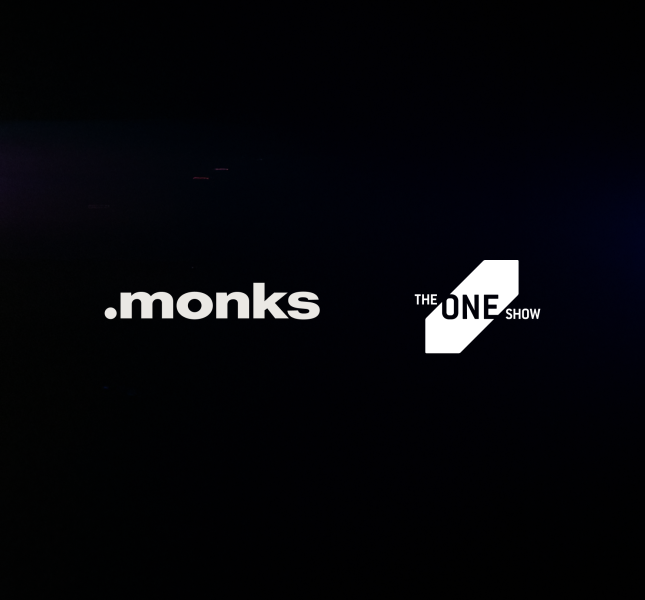Destination Digital: LatAm Brands Must Transform to Stay Relevant
Celebrating our recent merger with Mexico City-based Circus Marketing, a fully integrated digital agency, we’re sharing some insights relevant to the Latin American region. Circus Marketing is one of the most highly respected agencies in Latin America, and enables us to offer the best quality of talent possible for the region–helping us scale up our offering to meet the growing needs of the increasingly digitally mature region, which are discussed in detail below. You can read the following post in Spanish by clicking here, and in Portuguese here. Catch more of our latest and most exciting work from the region right here.
Latin America’s digital landscape has been growing nonstop, driven in part by the increasing availability of mobile services all across the region, where 79% of users will have broadband mobile connection by 2020. With changing user expectations and a new era of connectedness, opportunities abound for brands seeking to enter the vast LatAm market. Global companies such as Uber and Spotify have shown how far they can go: Uber’s second-biggest market after the US is Mexico, while Spotify has been the dominant paid streaming service in the region since 2013. These trends impact all industries and travel is a great example of it.
We have to humanize technology, make it intuitive, easy to use and user-centered.
An approach like this will help brands and their partners understand human behavior and preferences to respond quickly and accurately to customer needs. The challenge today is to create human experiences without points of friction, making them as human as possible. While technology is necessary to enable such experiences, brands with true digital maturity put “emotion into the code” so interactions don’t feel robotic and merely transactional.
There is still plenty of room for designers, strategists and technologists to improve the brands’ digital offerings, digitizing and personalizing them with a human perspective to create a creatively differentiated user experience. “The challenge is the humanization of digital. Because in the end, digitization is about transforming products and services into return on investment,” says Rivera.
Digital transformation is a perpetual, never-ending process, and a focus on results is key to starting small and building toward more long-term goals. Brands can successfully begin their digital transformation journey by beginning with projects that have the highest impact on improving the customer experience or driving internal efficiency, becoming more digitally savvy in lockstep with their customers. With customer obsession leading their digital transformation strategy, brands will become well equipped to stay competitive.
79% of LatAm users will have broadband mobile connection by 2020.
Over half of Latin American travelers use online services to research, plan and book trips – with that number continuing to climb exponentially year over year. As we detailed in our recent Travel Trends report for LatAm, travel brands in the region must embrace new digital opportunities available to offer customers seamless experiences, both online and offline, in order to compete in an increasingly competitive market.
In an environment where 67% of business customers prefer to buy through digital channels, according to Salesforce, traditional and small brands cannot afford to postpone their transition to digital any longer, or they risk losing their audience to digitally native brands. Today’s users expect to have everything in their mobile phones or computers, and if they do not get it from your brand, they will look for it elsewhere. Digital transformation has become essential for brands in the accommodation, services, loyalty and entertainment sectors of the travel industry.
“Digitization is now part of all the travel industry verticals. Digitization is not a trend, it is a necessity,” Carlos Rivera, Consulting & Platforms Lead at MediaMonks, said as part of a panel on travel on Mexican TV network, Canal Once, last month.
Digital is the new black
Imagine wanting to book a room at a hotel your friends have widely recommended in a beautiful Caribbean beach. With your mobile phone in hand, you access the corporate website where just a single image of the hotel’s façade and a telephone number greet you. They expect you to call them not only to book a room, but even to get any information at all. Are we living in the 1940s? They just lost a customer.
Digitization is not a trend, it is a necessity.
The number of people travelling within and to LatAm reached 207 million in 2017, and that customer base continues to grow. That, coupled with the rising mobile phone adoption rate, provides travel brands a vital opportunity to enhance their digital services and offerings in the region. Customers today expect a connected digital experience at all times throughout the customer journey. Not getting it, or getting a poor one, will turn potential buyers away.
To offer great digital experiences, brands must first realize how digital they truly are – or asses their digital maturity. How can a brand know if it’s ready? “To identify your correct target state and how long it will take to get there, evaluate how urgently you must change given the criticality of customer obsession and technology to your firm and how difficult that change will be considering the headwinds you’ll face in terms of company culture, executive trust, legacy systems, and regulators,” writes Laura Koetzle, Sharyn Leaver and Glenn O’Donnell in the Forrester report “The Roadmap For Delivering Customer-Obsessed IT Transformation.”
Having a website or a Facebook page alone does not make a brand digital. Brands must invest in transformation as an ongoing process that will enable connected offerings and touchpoints across platforms. Additionally, brands with lower digital maturities will need to rethink the bare essentials in how they engage with customers – for example, turning the mundane act of booking a plane ticket into an opportunity to meet someone across the world, as we did with our campaign that won Aeromexico the only Gold Cannes Lion for Mexico in 2019. Delivering such experiences seamlessly and instantaneously can require an overhaul in mindset or operations – or both.

As the number of travelers to LatAm increases, so do the opportunities for the travel industry.
This strategy enables brands to maintain a more customer-centric focus, gaining a more direct and closer relationship with their audience. “Digitization is increasingly present in the lives of consumers,” says Rivera. Consumers are becoming increasingly digital, and there are already so many great digital experiences out there that those with a lower digital maturity need to keep up to stay relevant.
Brands must focus not only on customer-facing technology; platforms and integrations that operate behind the scenes and under the hood impact how the business not only delivers experiences to consumers, but operates as a whole. The far-reaching influence of these technologies can make digital transformation feel like a big, unwieldy initiative. MediaMonks helps brands overcome this by focusing first on the high-priority, quick wins that fuel momentum and ladder into subsequent projects.
One quick project that focused on implementing a mature backend for a unique customer experience is the mobile assistant we made with DDB Berlin and Lufthansa, which makes travel recommendations based on a user’s immediate surroundings. We implemented a CMS that would connect user input – uploaded photos – with Google’s Cloud Vision AI service to identify objects within the photo, which then output copy about a related place. For example, a photo of headphones would recommend visiting Glasgow to hear live bagpipes. Bridging together user input with AI and Lufthansa’s own collection of destinations, the assistant takes full advantage of the power of digital in a unique way. And this is precisely the basis for customer obsession, brands using digital to fully understand their audiences, predicting their needs and delivering a satisfying and emotionally resonant experience.
Humans after all
No two travelers are alike. Even if they look for the same things while traveling, their preferences will set them apart. Many may seek a nice restaurant for dinner, but maybe one of them will want it by a beautiful seaside view, while another will prefer to look at a busy street and yet another one will want to sit away from the windows. The travel experience must be personalized based on preferences such as these. In fact, data from eMarketer shows that 69.4% of US digital marketers see demand and interest from customers being an important driver in data-driven marketing initiatives–higher than any other factor–highlighting just how important personalization is to deliver the experiences that users want.
As part of our relationship with Booking.com, this meant creating dynamic video ads where content is delivered in one of 54 different permutations with Google’s Vogon technology, based on individual preferences. The dynamic video speaks directly to customers’ travel needs in how it builds a narrative, using data to offer a more human-centered message.
“The main challenge when adopting new technologies is to create new travel experiences that really connect with each user and that will have the right balance of technology with human contact. We have to humanize technology, make it intuitive, easy to use and user-centered,” says Rivera.
On this subject, Wesley ter Haar, MediaMonks Founder, says that “storytelling is a constant pursuit to identify those things that digital and interactive can provide to create imprints on memory and moments of emotional resonance – that feel personal, but remain true to what research tells us end users will respond to.”
The humanization of technology entails putting users at the very core of all experiences and products that brands have to offer. Whether starting with a user-centered UX/UI design or implementing more complex technologies such as AI or machine learning, the customer must be the main focus for everything brands do in the digital world. To truly become customer-obsessed, brands must focus their strategies and budgets “on the technologies, systems, and processes that win, serve, and retain customers,” according to Forrester.
Related
Thinking
Sharpen your edge in a world that won't wait
Sign up to get email updates with actionable insights, cutting-edge research and proven strategies.
Monks needs the contact information you provide to us to contact you about our products and services. You may unsubscribe from these communications at any time. For information on how to unsubscribe, as well as our privacy practices and commitment to protecting your privacy, please review our Privacy Policy.



